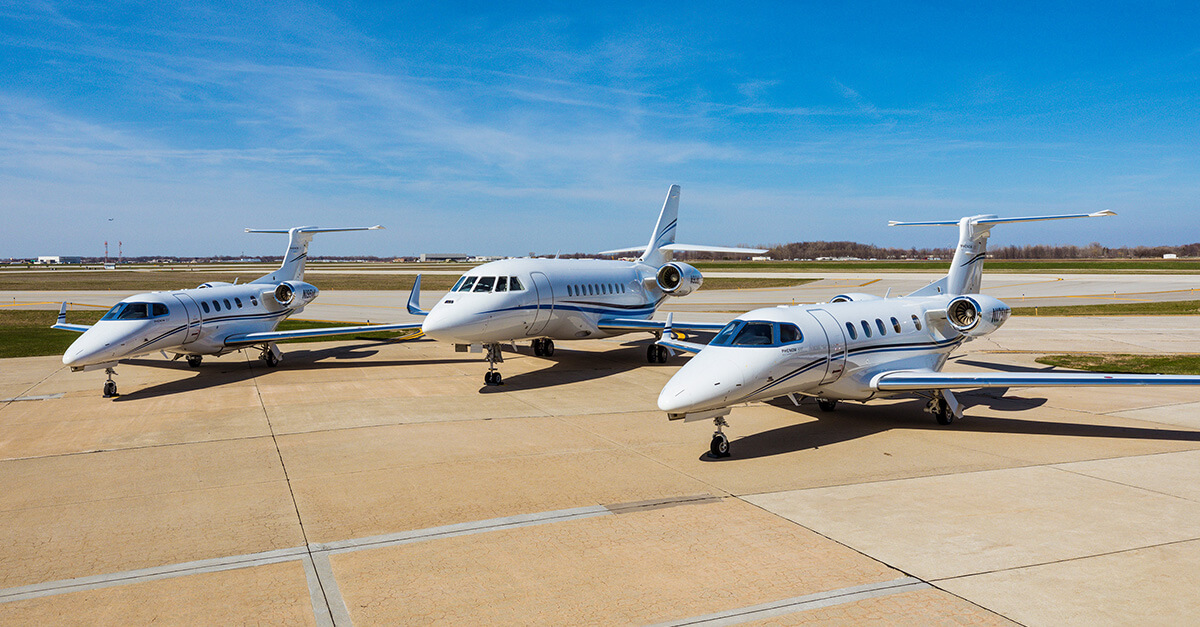
April 9, 2020
The COVID-19 crisis has idled much of business aviation, and a recent NBAA News Hour webinar offered operators guidance on whether or not to place an aircraft in “preservation mode,” along with best practices for ensuring aircraft are safely stored and ready for operations when needed.
Stewart D’Leon, NBAA’s director of technical operations, led a panel discussion with three experts:
- Jay Orwin, director of operations at Masco Corp.
- Nathan Winkle, founder and president of Thoroughbred Aviation
- Phillip Hoyme, director of operations at Immaculate Flight
In general, the experts recommend keeping aircraft ready to fly in case company needs arise, such as humanitarian flights or other trips. But they emphasized the importance of storing the aircraft properly in the meantime.
“It’s much better to protect the aircraft on the front end than to restore it on the back end,” said Hoyme. “Now, more than ever, it’s important to follow OEM recommendations for storage and cleaning.”
Winkle urged webinar participants to review OEM guidance on flight-ready and long-term storage, saying that just walking away from the aircraft probably does not comply with manufacturers’ maintenance instructions.
When storing an aircraft, experts suggest the following:
- Close all window shades and use sunscreens on the windshield
- Use pitot tubes and engine covers, as appropriate, to keep insects, birds and rodents out of those orifices
- Exercise the aircraft by conducting a preflight check and normal start-up procedures
- Allow the aircraft to run long enough to check all systems, update databases, etc.
- Occasionally crack doors and baggage compartments to allow the aircraft to air out
“For our operation, it’s better to exercise the airplanes than pursue preservation mode,” said Orwin. “Preservation mode would require a significant number of hours [to get ready for operations], so we couldn’t then respond to an immediate need, if it arose.”
Orwin’s organization exercises its aircraft regularly but isn’t currently flying.
“Although proficiency is a hugely important subject, I believe there’s a time to address that as an industry, and that’s when we return to work,” he added.
Keep facilities in flight-ready status, too. While most employees at Orwin’s organization are working from home during a statewide shelter-in-place order, they continue to test their fuel farm, verify chemicals are stored properly and not leaking, and check the IT room on a regular basis under a state allowance to leave home to check on and secure critical assets and infrastructure.
Winkle suggests reviewing lease and financing agreements before making a decision about how to store aircraft. Some leasing and financing contracts require aircraft to be maintained in an airworthy condition; putting aircraft in preservation mode might be a violation of those terms.
While an aircraft is idle, be sure to document any procedures used to exercise and maintain the aircraft. This documentation might prove invaluable when you sell the aircraft.
The experts agree that the industry needs to consider procedures for resuming operations. Restarting operations should be coordinated with passengers, crewmembers and maintenance professionals – whether in-house or contract. Pilot proficiency, aircraft maintenance and cleaning should be considered in these discussions.
“Modern business jets don’t like to sit around,” said Winkle. “You need to expect some issues.”
This webinar, titled Fleet Readiness: Maintenance Considerations Amidst COVID-1, is just one in a series of educational opportunities NBAA has planned for the coming weeks. Learn more, register for upcoming webinars and view recordings of past webinars on the NBAA News Hour site.


 International Business Aviation Council Ltd.
International Business Aviation Council Ltd.